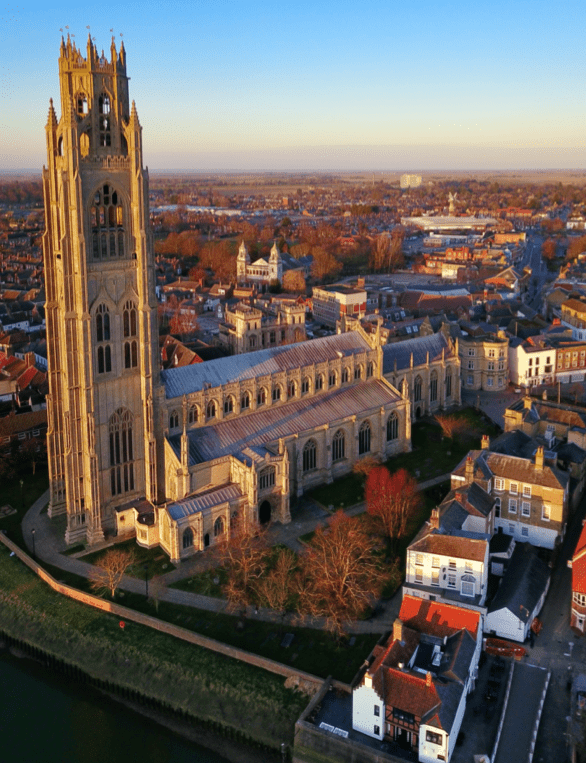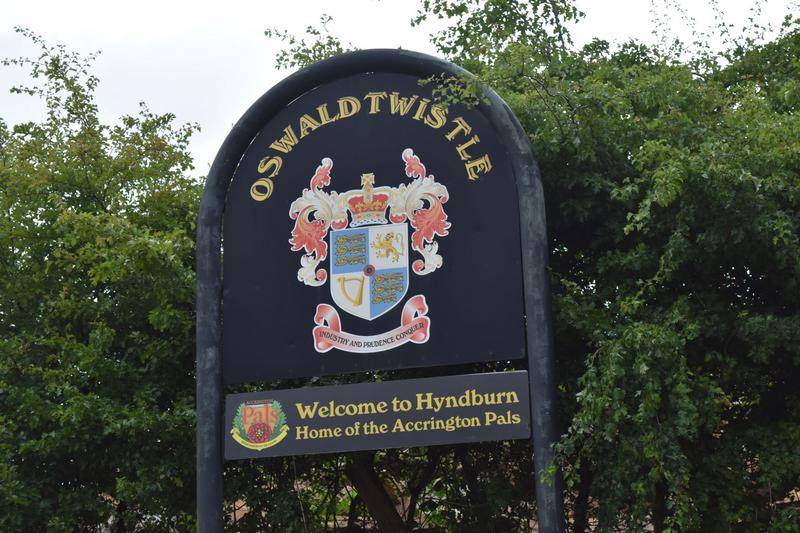Thanksgiving has always been a time for togetherness, for being with those you care about, and for celebrating another year. However, there are times when being together is not possible. Over the last few years, travel has often been difficult, discouraged, or even forbidden, which has left many of us away from our loved ones for Thanksgiving.

It is worth remembering that Thanksgiving was created by settlers who found themselves thousands of miles away from their original homes. They had traveled in extreme circumstances to create a new life in what must have been a frightening land. That they thrived is certainly worth commemorating, and many did so by naming their new homes after the ones they had left behind. One of these is Plymouth, Massachusetts, a town that shares its name with a famous English port.
The original Plymouth is a wonderful city in the southwest of England with a strong seafaring tradition (I went to college in Plymouth). It is one of the homes of the British Royal Navy, and it is the port from which, according to legend, Sir Francis Drake departed to confront the Spanish Armada in 1588.
Plymouth, Massachusetts is not the only settlement to bear a familiar name. There are many towns and cities in the Americas that have adopted the name of a place in the old world. Just up the coast from Plymouth is the city of Boston, a vibrant financial hub that has grown into one of the great cities of the USA. It is named for Boston in the county of Lincolnshire, on the east coast of England. It is a beautiful market town and important inland port, but far smaller than its newer namesake.

Image: Lincolnshire Pride Magazine
A far closer comparison can be found slightly inland. The city of Cambridge, Massachusetts shares its name with Cambridge in the UK. Both are home to some of the best universities in the world (Cambridge University in the UK, Harvard and MIT in the US), and are amongst the oldest recorded settlements in our respective countries.
Of course, it is not just English names that have traveled. The early settlers to the new world came from all parts of Europe and named their new homes in honor of their old. For this reason, there is Dublin in California and Hanover in Pennsylvania, Milan in Indiana, and Windsor in Ontario. It would be rare for an American traveling in Europe to be too far from a familiar place.
On the other hand, there are plenty of names that have mercifully not made the journey across the Atlantic. The UK, just like the US, is a mishmash of immigrants and invaders. The Angles, the Saxons, the Celts, the Normans, the Norsemen (Vikings), and even the Romans have all left their mark on our country. As a result, we have some delightfully crazy place names – I will leave you to guess how Oswaldtwistle is pronounced. The US and Canada also have their own fair share of unusual names. I have my own favorite, but I’d love to know yours.

Image: © Lisa Jennings (WMR-91746)
There are also places in Europe that might seem just a little bit like home. For the second half of the 20th Century, thousands of American and Canadian service personnel were posted to our side of the pond in defense of Western Europe. Here in the UK, the countryside was dotted with rural locations in which American accents were commonplace.
Just a half-hour from my home in Oxfordshire is Upper Heyford, a small countryside village that has been in existence for hundreds of years. However, its claim to fame was the Royal Air Force airbase that existed 2 miles up the road. Although technically owned by the British forces, it was a US base, and from its runways US Air Force planes played a vital role in the Cold War and beyond.
As important as the airbase was to the military, it was also a home for the hundreds (or even thousands) of families who lived there. On the 4th of July, on Halloween, and at Thanksgiving, RAF Upper Heyford was just an American town that happened to be in the English countryside. For those who served many thousands of miles from their families, it was a small piece of home.
I drove through Upper Heyford in the late 90s, after the airbase had closed. Even abandoned, it still had the feel of an American town. A gas station (its prices still showing in US Dollars), a bowling alley, a shopping center, and a hospital all stood but were no longer used. It was sad to see this little slice of America that had been home for so many but was no longer needed. As the Cold War drew to a close, this scene was repeated around England, from Suffolk to Gloucestershire.
I am pleased to say that Upper Heyford is a brighter place now. New homes and a new school have been built on the old site, while industry and enterprise have taken over the runways and aircraft shelters. I have a friend who lives there who, ironically, is a Texan. He has moved to the UK for work but lives in a place that was once a tiny piece of America.
This is the third Thanksgiving article that I have written for Samtec, and I am both proud and humbled that my American colleagues allow me (a Brit) to play a role in a celebration that is so important to so many. We have little in the UK that quite compares to Thanksgiving, but I hope that I understand what it means to our readers.
And so, on behalf of Samtec, please allow me to wish all our Associates, partners, customers, and friends a warm and wonderful Thanksgiving. Even if you must be away from those you love, you can often find a small piece of home around you. May you find comfort and contentment wherever you are.


Leave a Reply